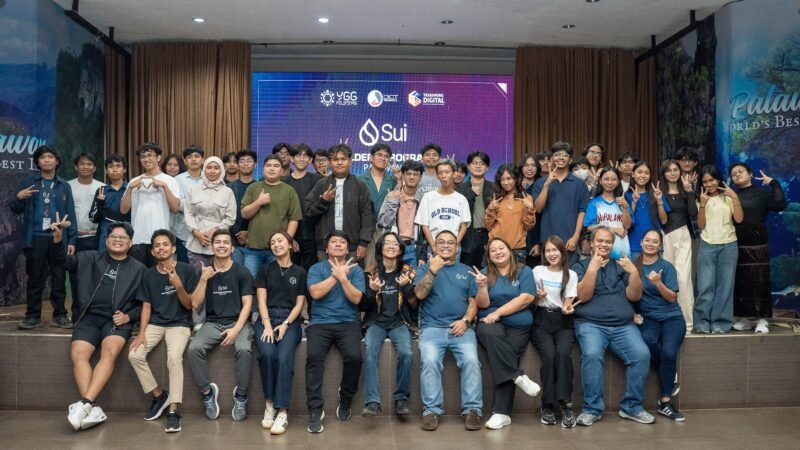Holcim Sustainability Goals to Improve Envi, Biz Performance
Under the Sustainability Plan 2030, Holcim Philippines, Inc, continues its commitment to improving its environmental footprint by further reducing carbon emissions and water consumption in cement production, as well as using more qualified wastes as an alternative fuel and raw materials.
Holcim Philippines has identified various sustainability programs to steadily improve its positive impact to development by 2030 beyond providing building materials. Among the company’s commitments are reductions in carbon emissions and freshwater use by 40% and 30% versus 1990 and 2015 levels, respectively, and increased use of qualified wastes as an alternative fuel and raw materials to replace 30% of traditional fuels.
Launched in 2015, the Sustainability Plan 2030 is the commitment of the LafargeHolcim Group to contribute to the worldwide efforts to address global challenges identified in the United Nations Sustainable Development Goals.
Holcim Philippines President and CEO John Stull said the company’s sustainability focus enables it to be a bigger contributor to the nation’s progress while also improving the company’s performance.
“These initiatives help improve the efficiency of our operations thus generating savings for our business. More importantly, our sustainability programs allow our company to further support our commitment be a partner in helping the country build a better future,” said Stull.
To reach its emission reduction commitments, Holcim Philippines has been upgrading its equipment and processes and developing new offerings that require less energy to produce but deliver the same or superior performance. To reduce water consumption, the company has installed recycling facilities to reuse water from cement production and will install more efficient equipment.
The company is also increasing its use of qualified wastes as an alternative fuel to reduce the use of coal in cement production. Last year, Holcim Philippines used 160,000 tons of such materials to replace traditional fuels.
This service is critical, especially with waste generation seen to rise along with Philippines’s economic growth. An October 2017 Senate report showed that solid waste management remains a challenge in the country as only 85% of these are collected with the rest ending up polluting bodies of water.




